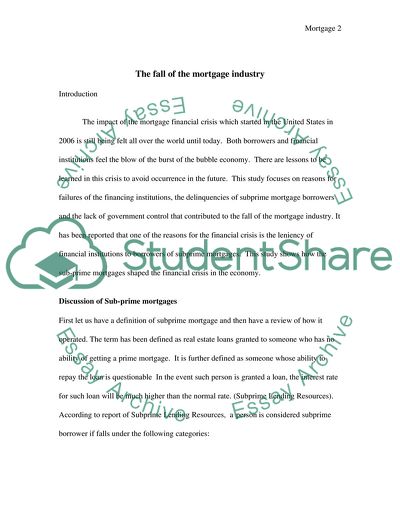Cite this document
(The Fall of the Mortgage Industry Research Paper, n.d.)
The Fall of the Mortgage Industry Research Paper. Retrieved from https://studentshare.org/macro-microeconomics/1724698-the-fall-of-the-mortgage-industry
The Fall of the Mortgage Industry Research Paper. Retrieved from https://studentshare.org/macro-microeconomics/1724698-the-fall-of-the-mortgage-industry
(The Fall of the Mortgage Industry Research Paper)
The Fall of the Mortgage Industry Research Paper. https://studentshare.org/macro-microeconomics/1724698-the-fall-of-the-mortgage-industry.
The Fall of the Mortgage Industry Research Paper. https://studentshare.org/macro-microeconomics/1724698-the-fall-of-the-mortgage-industry.
“The Fall of the Mortgage Industry Research Paper”, n.d. https://studentshare.org/macro-microeconomics/1724698-the-fall-of-the-mortgage-industry.


